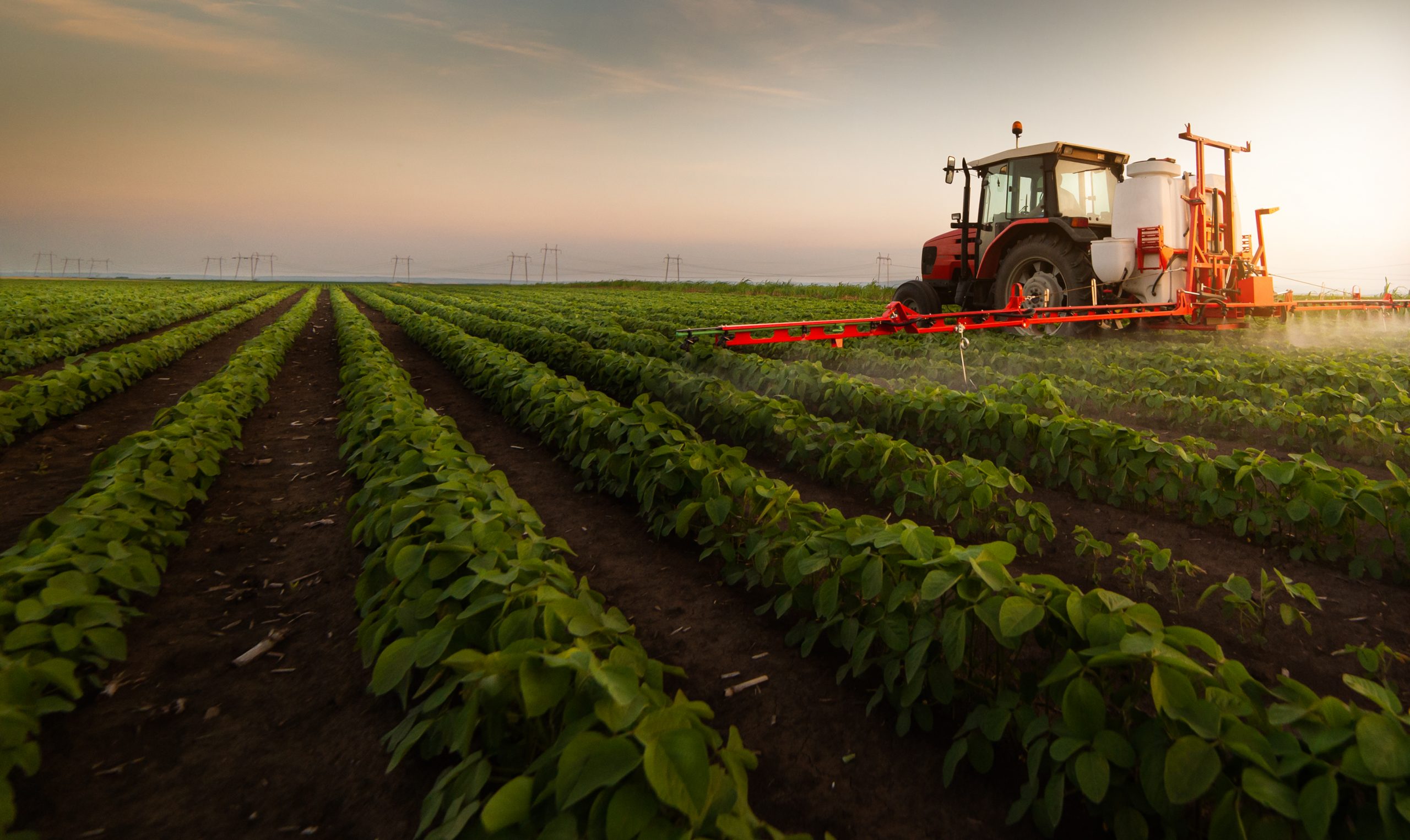Key Insights from USDA’s Latest Report on Future Food Demand and Global Agricultural Needs
In a recent report released by the United States Department of Agriculture (USDA), economists have projected that world agricultural production must increase by 47% to 61% by 2050 to meet the nutritional demands of a growing global population. This comprehensive analysis provides critical insights into the challenges and opportunities that lie ahead for the agricultural sector as it prepares for a future with an expected increase in food demand.
Projected Food Demand and Production Requirements
According to the USDA’s Economic Research Service (ERS), the need for a substantial boost in food production stems from anticipated global population growth and changing dietary patterns. The report, authored by USDA economists including Ron Sands, highlights that if the current trends continue, the world’s agricultural output will need to expand significantly from the 2011 baseline levels.
The report details two primary scenarios for the future food supply:
- Moderate Growth Scenario: Under this scenario, global food production must increase by 47% by 2050. This estimate assumes a steady growth rate in population and improvements in agricultural efficiency.
- High Growth Scenario: This more challenging scenario forecasts a 61% increase in food production. It reflects a higher rate of population growth and increased dietary demands globally.
Implications for the Agricultural Sector
The USDA’s projections underscore several key implications for the agricultural industry. To meet these ambitious targets, the sector must focus on enhancing crop yields, optimizing resource use, and adopting innovative agricultural technologies. This will require a concerted effort across various areas:
- Technological Advancements: Innovations such as precision farming, smart irrigation systems, and advanced crop breeding techniques will be essential for increasing agricultural efficiency and productivity.
- Sustainable Practices: There will be a growing emphasis on sustainability to ensure that food production increases without compromising environmental health. Practices such as reduced tillage, organic farming, and improved waste management will play a critical role.
- Investment in Research and Development: Ongoing investment in agricultural research will be crucial for developing new crop varieties that are more resilient to climate change and pests, as well as for improving overall food system resilience.
Challenges and Opportunities
The challenge of meeting future food demand presents both risks and opportunities for the agricultural sector. The need for a significant increase in production comes at a time when resources such as water and arable land are becoming increasingly scarce. However, this also presents opportunities for growth in agricultural technology and practices.
For instance, advancements in genetic engineering, sustainable agriculture methods, and global food distribution systems are areas of active development. These innovations offer the potential to transform the way food is produced and distributed, aiming to achieve the balance between increased production and environmental stewardship.
Looking Ahead
The USDA’s report serves as a call to action for policymakers, farmers, researchers, and industry leaders to collaborate on strategies that will ensure global food security. Addressing the projected increases in food demand will require innovative solutions and a forward-thinking approach to agricultural development.
As we look towards 2050, the focus will need to be on leveraging technology and sustainable practices to meet the nutritional needs of the world’s population while also safeguarding the planet’s resources for future generations.
Error




